After getting married in February and begrudgingly having a reception dinner seven months later, my wife and I decided to celebrate the occasion with a pilgrimage to the weeaboo holy land. Ever since we came back, I’ve been asked by people about how our trip was. The answer to that question is surprisingly complicated. My experience in Japan has been exhilarating, tiring, eye-opening, frustrating, and everything in-between. Over the next few weeks I will try to finally unload the trip through words and images.
After our first completely rained-out evening after we landed in Narita, Tsukiji was the first stop we hit. Known for the food, Tsukiji was our most anticipated destination. Japan may have over four thousands year’s worth of history, but as far as the wife is concerned, history doesn’t amount to much unless it’s edible. She came to this country to eat and I was happy to partake. We went so far as to pick our hotel to make sure we’re within walking distance to this place so that we can easily swing by for an early breakfast.
Tsukiji is home to the Tsukiji fish market, where a whole lot of seafood and money exchange hands every day. We opted to not queue up for hours to gawk at the daily tuna auctions in the inner market. Instead, we pocketed the extra sleep and headed out at six o’clock in the morning.
In the outer market, there was a bustling symbiotic community. Not only were there no shortage of seafood shops to supply the many food stalls littered around the area, there’s also plenty of restaurant supply stores selling everything from speciality knives and plates, as well as side dishes like tamagoyaki.
While there was no shortage of tourists in Tsukiji, the place never felt overrun by tourists. The sight of the beer keg-shaped electric carts was ubiquitous as they busily weaved through the morning roads, paying little heed to the visitors unless one is obstructing their way. On a side note, the Japanese have some incredibly small trucks with wheels as small as a lawnmower’s! Adorable.
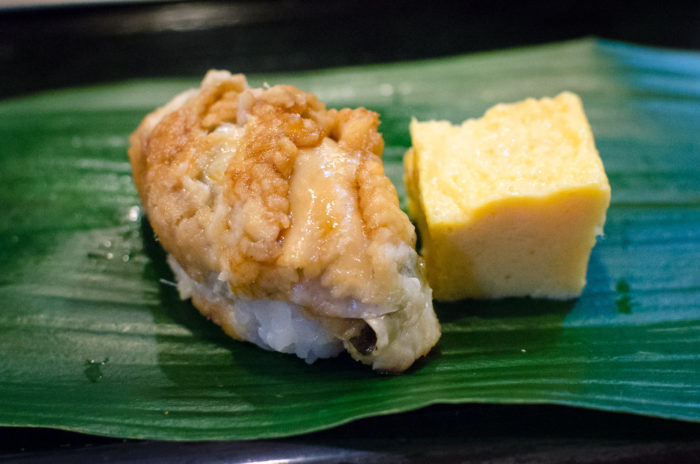
Of course, one cannot go on for long without talking about the food. We stepped into a place by the name of Iwasa Sushi for our first breakfast, which was about 2500 yen per person. The chef prepared the order directly across the counter and set each piece right before us. The staff’s friendliness dispelled any nervousness that came with the language barrier. They were happy to oblige my broken Japanese and understood my attempt to ask what the last warm piece was (turns out it was saltwater eel, and it was damn good).
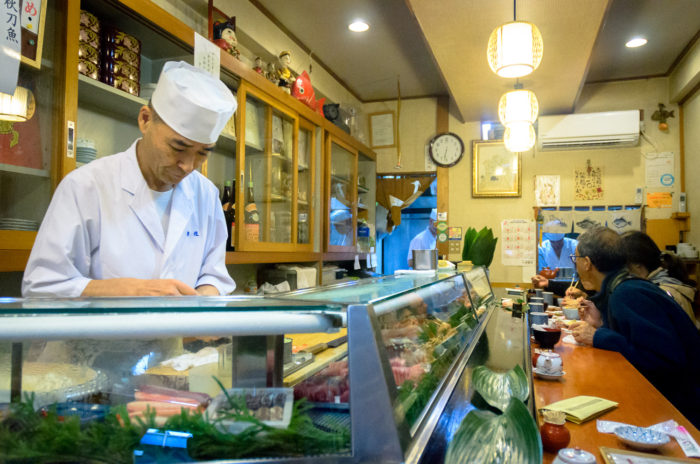
Now I am no foodie, and I have no fancy words to describe the food other than orgasmic. Besides that I don’t really know how to quantify or qualify the experience in my mouth. Since the restaurants and stalls are only open in the morning s at Tsukiji, the freshness of the food is never in question. Compared to the fish that has sat at the back of a refrigerator all day at a typical Toronto sushi joint, the difference is night and day. Perhaps it’s partially because of the airplane food I forced down my throat the day before, but I walked away from sushi with the tingling feeling from one of the best meals I’ve had in my life.
We went back to Tsukiji three days later for another breakfast, this time looking to find some chirashi bowls. We stopped by the small joint in the middle of an alley. The wife had a bowl with some very fatty tuna and I had a marinated set. I’m not sure why we didn’t take note of the name because the food was great. To say the fatty tuna melts like butter in your mouth would not be an over-exaggeration, something the wife appreciated very much. I, on the other hand, preferred my variety of cheaper cuts marinated in a soy sauce. I guess the fatty tuna almost tasted a bit too much like butter? Perhaps I just have cheap tastes!
Looking back, I wish I explored more places like Tsukiji in Tokyo. Unlike the glitzy shopping districts in the other corners of the city, the humble stalls and narrow alleys of Tsukiji offered a view into peoples’ lives beyond just the sight of them standing on either side of a sales counter. In a city that often seemed obsessed about appearances, there is a special charm in the aged and messy alleys in this corner of the city.
The Tsukiji market was due to be relocated in November 2016, but concerns over hygiene at the new site — a former landfill — has put the relocation project on ice. I hope the eventual relocation will serve the market’s inhabitants and visitors well, but for now I’m glad this part of Tokyo will stay frozen in time for a bit longer.

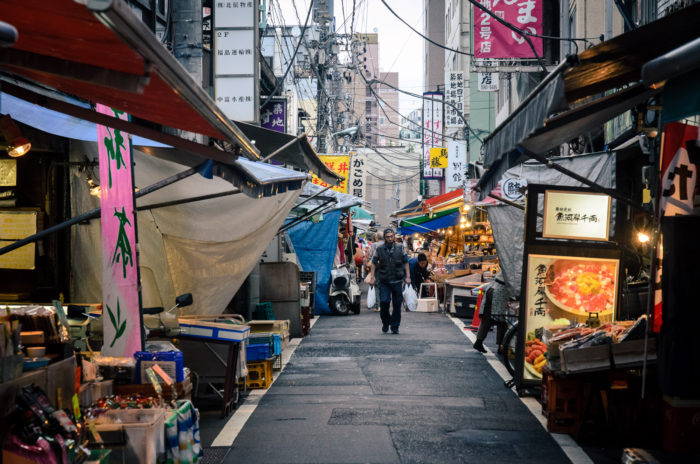
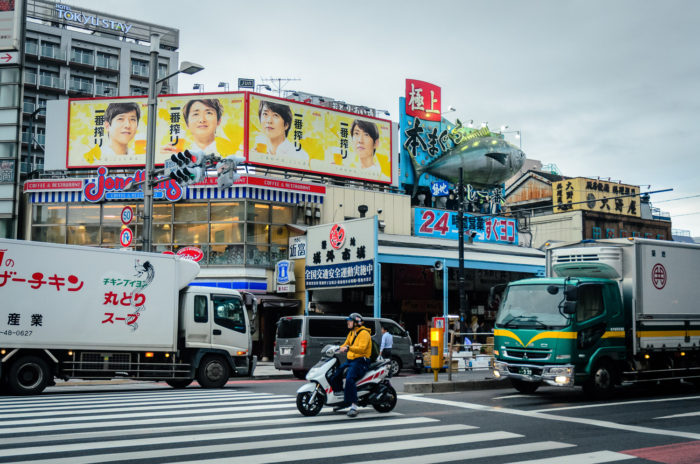
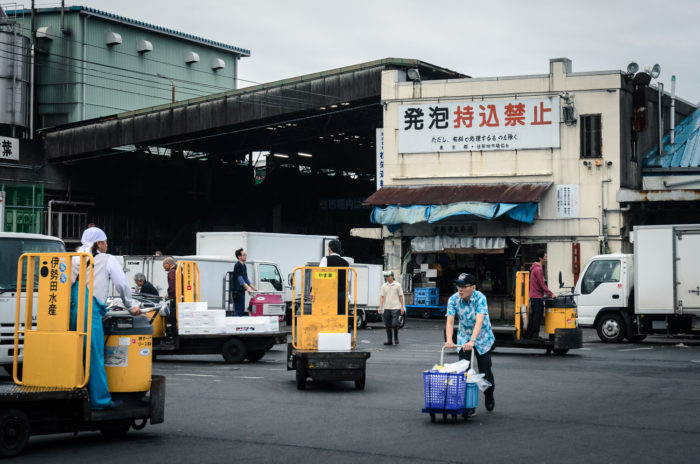
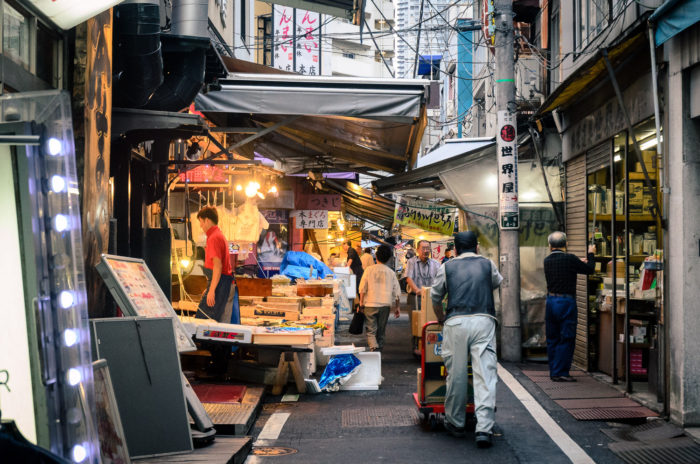
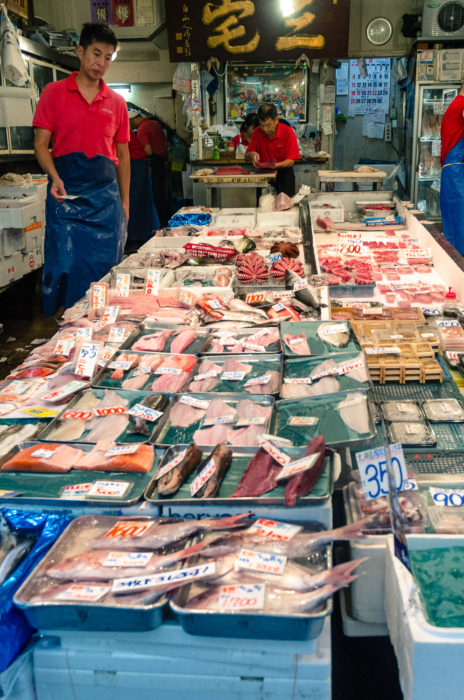
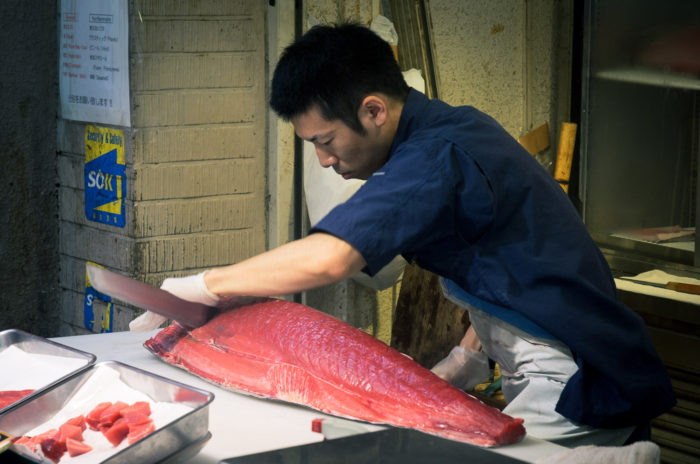
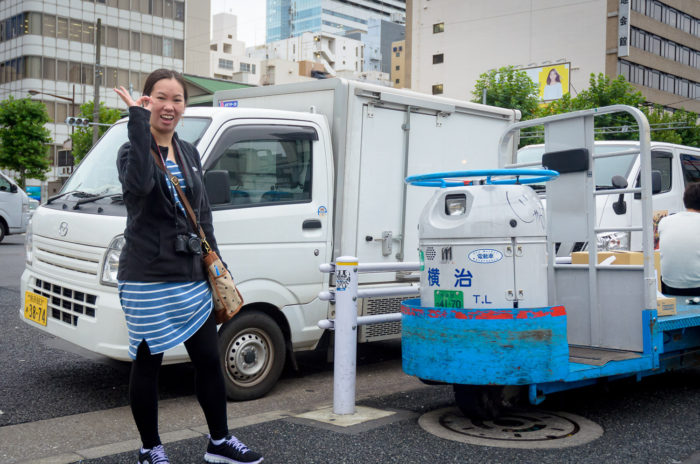
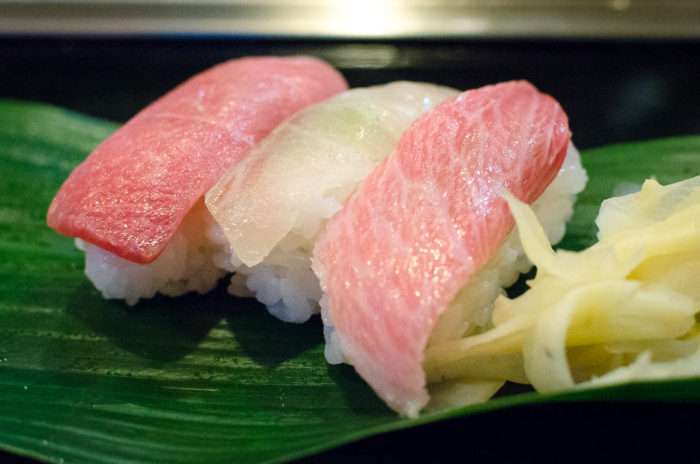
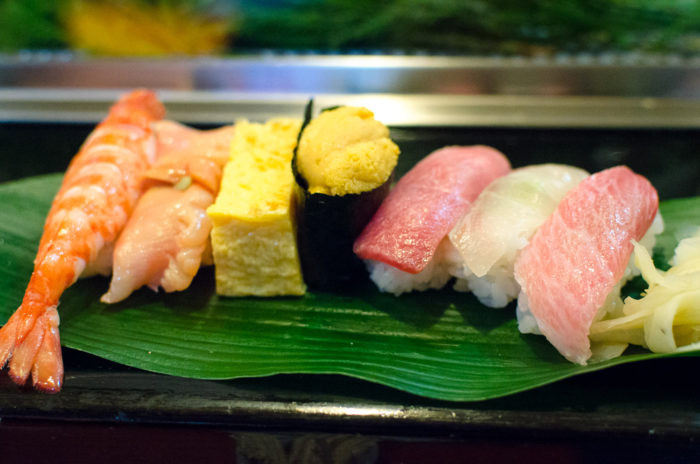
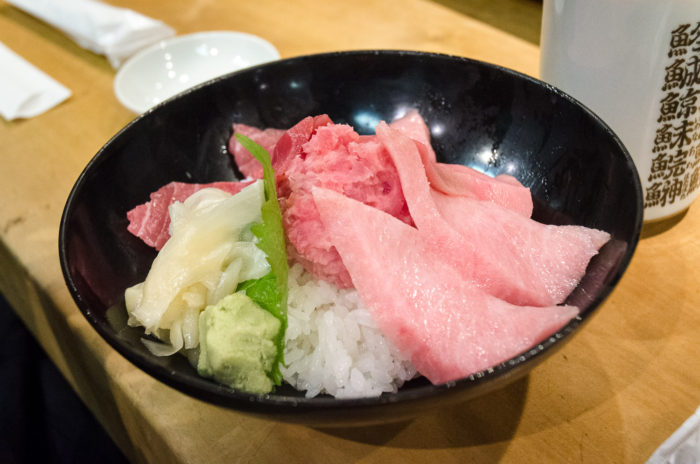
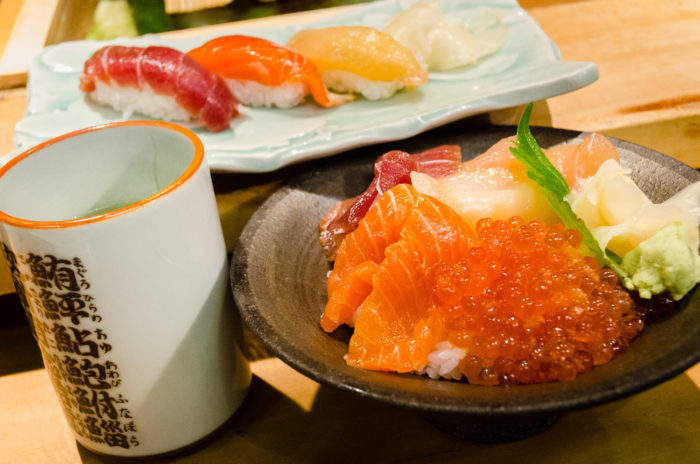
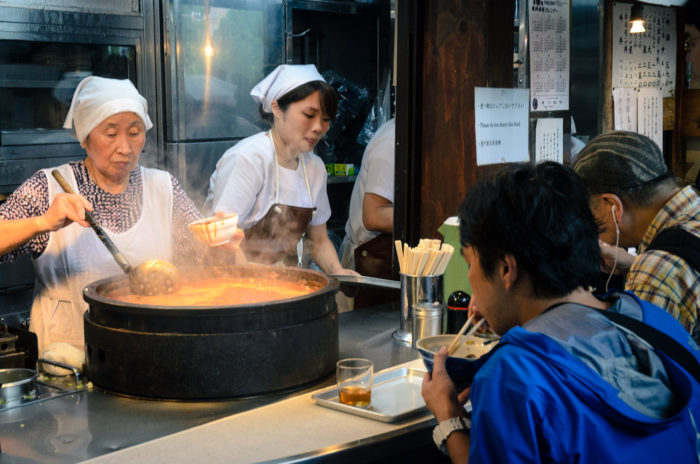
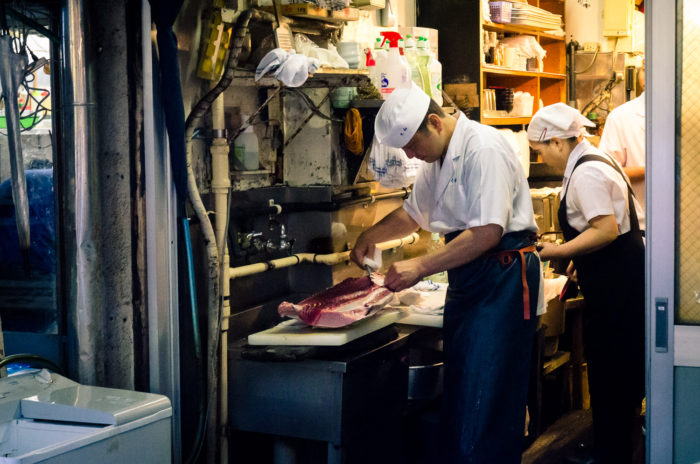
3 replies on “Japan Post #1: Tsukiji”
I forgot that food was one of the things I’d be worried about trying to take a trip to Japan, besides language. I have a bad feeling I’d end up getting most of my meals from McDonalds or other outposts of American imperialism, while being mad at Japanese pizza.
Just steer clear of the teriyaki burger at McDonald’s teriyaki burger. Tastes like over-sauced Salisbury steak!
Dude, i would be surprised if you end up spending much time in burger joints. Mos Burger aside, haha
If you are a bit afraid of sushi, have ramen, Japanese BBQ or rice dishes 🙂